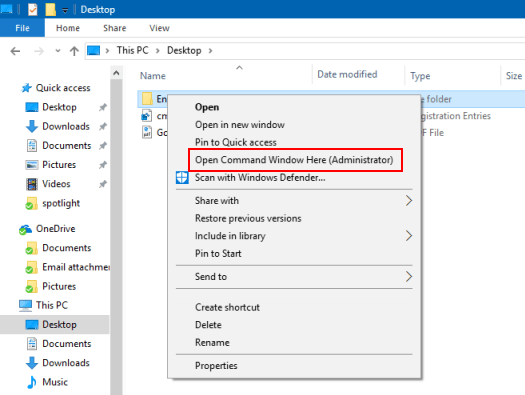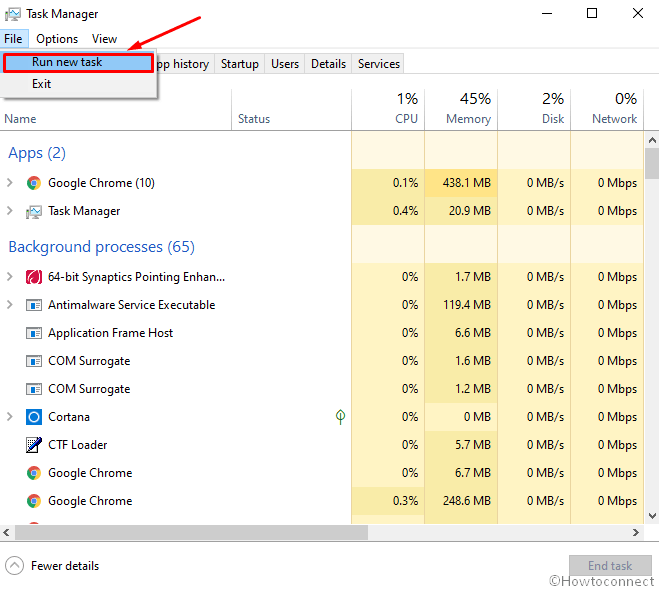

- #Unzip command how to
- #Unzip command zip file
- #Unzip command archive
- #Unzip command software
- #Unzip command zip
Zip files are nothing new, they have been around since the late 1980s. Once you get familiar with them and how they work, you will be amazed by their usefulness. I will give you a brief overview of them here.
#Unzip command zip file
If you are trying to extract a zip file in Mac Terminal, then you probably know what a zip file is, but if you are new to zip files, no worries. Take some time to play around and experiment with the command and its options to see what you can do with it. When you are done looking at it just hit q to exit the man page.Īs you can see there are many options and parameters that you can use with the unzip command. You will see that there are pages and pages of information. You can hit enter to move through the document line by line or hit the space key to advance to the next page. Below I have shown the output using the file from our examples above.

From there you can decide where to extract the files and even extract only the specific files you want if you choose to do so. The output shows you the contents of the file so that you know beforehand what is in it. It allows you to take a look at what is in the zip before extracting everything. One that I find most useful is the -l parameter. Other parameters such as -o instruct the command to overwrite any existing files without prompting you to verify. Some of them are very technical such as the -X parameter which lets you restore the original UID/GID of each file. The -d parameter which lets you specify a directory to extract the files into, is not the only available parameter for the unzip command. Other Parameters to Unzip Files via Mac Terminal I moved into the myzips directory using the cd command and as you can see it contains the files that were extracted. Notice there are no other files in the directory. Step 1: Below is the directory with only the zip file I wish to extract. Example 1: Unzip įor the first one, we’ll just run unzip. Now that you have seen the command, look at a couple of examples. One of the great features of this command is that if the directory does not already exist, it will create it for you. This can be done by using the -d parameter along with the name of the directory you want to extract to.

One thing you can do to alleviate the problem of all the files going into your current folder is to specify a destination folder to which you want to have all the files extracted. I will touch on this a bit further in this article. So you may want to preview what is in the file first before doing this. This can sometimes be a mess if it contains many files and/or folders. Not a lot to it, right? Keep in mind that running the command this way, will expand all the files contained in the zip to your current directory. Where denotes the name of your particular file. While there are variations, other parameters, and many ways you can unzip, if you are just trying to extract the files into the directory where the zip file exists, there’s not a lot to it.Īll you need to do is open a Mac Terminal window, navigate to the location of the zip and run the unzip command as shown below. Simply unzipping a file on Mac Terminal is very fast and easy. The Command to Unzip Files on Mac Terminal
#Unzip command how to
This is a fairly simple process and if you would like to learn how to do it, stick around and keep reading below.
#Unzip command software
I specialize in deploying software to development, test, and production environments, so I use zip files on a daily basis, and doing this in a Mac terminal is nothing new to me. My name is Eric and I have worked as a software engineer for nearly 25 years.
#Unzip command archive
If you’re working from the desktop, Mac’s Archive Utility can easily open these files with just a couple of clicks, but in Mac Terminal, you need to open them from the command line by typing in a specific command. These files are extremely useful when it comes to packaging, compressing, and transferring files from one place to another, but how do you unzip them in Mac Terminal? If you work with any type of computer on a regular basis, you have probably used a zip file at one time or another.


 0 kommentar(er)
0 kommentar(er)
